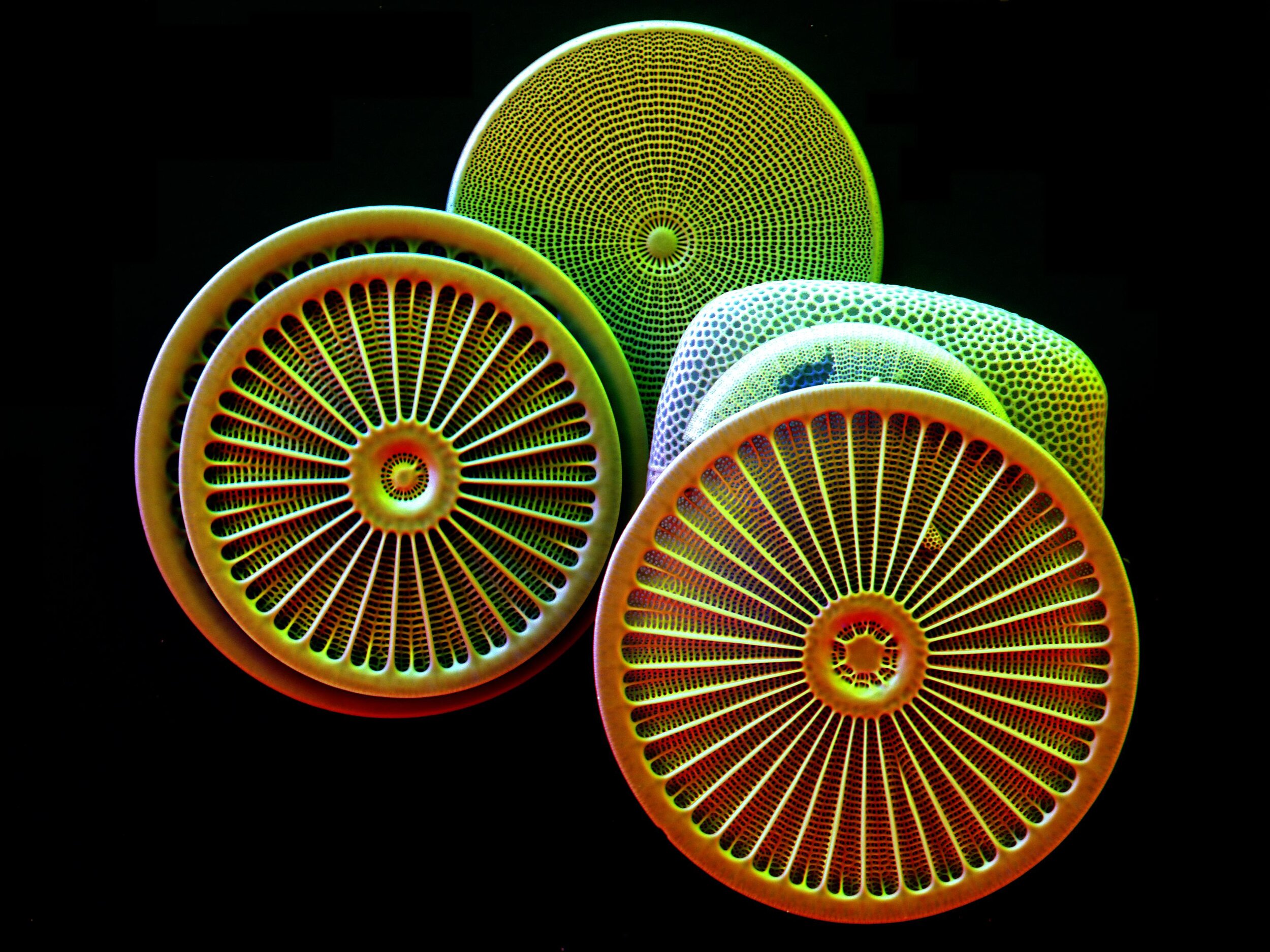Spring from the car window
Spring is here! Wheeeeee! As early-blooming flowers pop out, it’s a great time of year to learn to recognize plants. Before everything leafs out and it’s a green mass, you can spot different species more easily. If you are quarantined or locked down at home, it may be hard to get out to see what is growing in the parks and forests. However, you can still catch glimpses on dashes to the grocery store or strolls around the neighborhood.
I’m in New Jersey at 40 degrees north latitude. If you are near me, or in Pennsylvania, Ohio, Indiana, Illinois, or Iowa or you might be seeing these same things this week. If you are south of here, you may have seen them in the past few weeks. If you are north of here, this is what’s coming.
I present, Spring from the car window:
Saucer Magnolia
Magnolia × soulangeana hybrids
This tree is one of the earliest to flower in the eastern United States. Its flowers are large, which distinguishes it from most other flowering trees. The flowers are usually pink and white. There are lots of cultivated varieties of saucer magnolia that can range from purple, to yellow, to white. The trees are usually multi-stemmed, with a broad branching pattern, like a huge bush. This tree was created by horticulturalists by hybridizing magnolias native to parts of Asia. You may also see star magnolias this time of year. Star magnolias look similar to the saucer magnolia but are shorter, and the flowers have more numerous and more slender petals. The magnolias that are native the eastern United States, such as sweet bay and southern magnolia, flower in late spring and early summer.
Saucer magnolia and power lines. The house give you a good sense of scale. Saucer magnolias are short trees but wide spreading.
A saucer magnolia offset by tall spruce.
Callery or Bradford Pear
Prunus calleryana hybrids
These fluffy white flowering trees are common street trees. You can see them in neighborhoods and city streets. You can really spot it this time of year at the edge of the highway and forest and in hedgerows and abandoned lots. The white flowers stand out against the bare twigs of other trees. You may also notice their odor—many people find Bradford pears smell rancid. This tree is an ornamental pear (not known for big, juicy fruits) native to parts of Asia. It is now considered a nuisance, and even invasive, due to widespread dispersal in places it is unwelcome, like parks and natural areas. A lot has been written about Bradford pears in recent years if you want to know more.
Callery pear hybrids are common street trees. They line this road and can also be seen in the distance at the edge of the field.
Two callery pear trees are tucked between the gas station garage, a row of pines, and blue sky.
Forsythia
Forsythia spp. hybrids
This yellow-flowered shrub is really distinctive this time of year. It is often planted in masses and hedges, the the drifts of yellow stand out against bare trees in the late-winter landscape. Forsythia are also hybrids of shrubs native to parts of Asia. The shrub naturally has many upright and spreading stems, with a large, loose appearance. You will also see forsythia pruned into all kinds of shapes, such as square hedges and round meatballs. Like a bad haircut, pruning takes a long time to grow out if you decide to stop, or just don’t keep up with it. Forsythia in bloom is a study in landscaping habits, as the bright yellow flowers accentuate the shape and pruning choices of the lanscaper.
Cherry Plum
Prunus cerasifera hybrids
This confusingly-named tree is in the plum genus. Its fruit is a small plum, about the size of a cherry, so I assume that’s where the name comes from. The blooms are also similar in appearance to cherry blossoms—pink and profuse. Cherry plums bloom before most cherry trees. You can definitely tell them apart when the leaves come out as the cherry plum has dark purple leaves. The fruit is edible and is often used in cooking (when it is used), but we mostly enjoy these trees for their ornamental qualities. Like all of the others on this list, the cherry plums we see are hybrids of trees native to parts of Asia.
Home from my shopping trip, we find a cherry plum in bloom.











